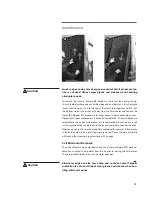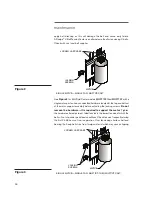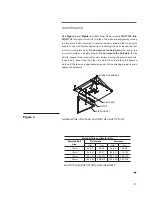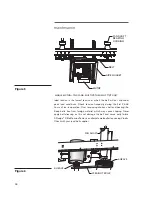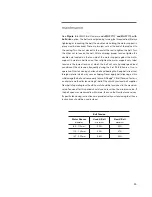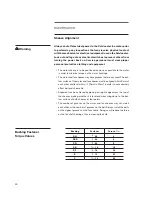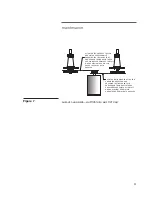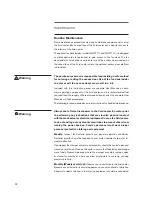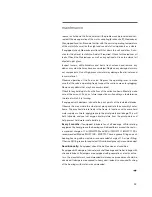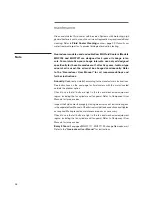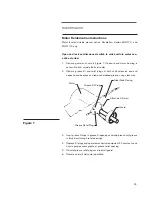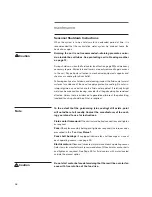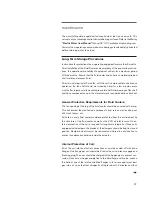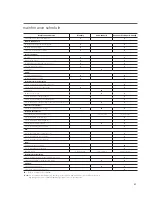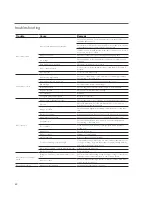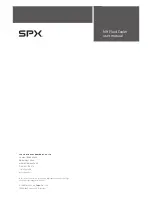
36
Caution
Note
Caution
Seasonal Shutdown Instructions
When the system is to be shut down for an extended period of time, it is
recommended that the recirculation water system be drained. Leave the
basin drains open.
Draining the coil is not recommended—draining promotes corro-
sion inside the coil tubes. See protecting coil in Freezing weather
on page 19.
During shutdown, clean the fluid cooler (see Caution, page 22) and make any
necessary repairs. Eliminators and louvers are easily removed to gain access
to the coil. Pay particular attention to mechanical equipment supports and
sheaves or coupling (or drive shafts).
Following each year’s shutdown and cleaning, inspect the fluid cooler’s metal
surfaces for evidence of the need to apply a protective coating. Do not mis-
interpret grime as a need to have the fluid cooler painted. If relatively bright
metal can be exposed by cleaning, consider that the galvanizing has remained
effective. Unless there is evidence of a generalized failure of the galvanizing,
localized touch-up should be all that is required.
To the extent that the galvanizing (zinc coating) still exists, paint
will not adhere to it readily. Contact the manufacturer of the coat-
ing you intend to use for instructions.
Fluid cooler framework:
Check structural bolted connections and tighten
as required.
Fans:
Check fan assembly bolting and tighten as required. Use torque values
prescribed in the “
Fan User Manual”
.
Fans shaft bearings:
If equipped, lubricate fan shaft bearings at close of
each operating season—see page 33.
Electric motors:
Clean and lubricate motor at close of each operating season
(refer to motor manufacturer’s recommendations.) Check motor anchor bolts
and tighten as required. See Page 35 for fluid coolers with motor located
outside the plenum option.
Do not start motor before determining that there will be no interfer-
ence with free rotation of the fan drive.
maintenance


